It was February 2014 in Kyiv, Ukraine. I stood in the wet cold with Ukrainians of all ages, from all over the country, honoring the 100 protesters who had given their lives in the uprising, known as Euromaidan (or simply Maidan), that overthrew pro-Russian President Viktor Yanukovych. There, I learned the word “vymyraty” from the phrase Heroï ne vymyrayut’: Heroes never perish.
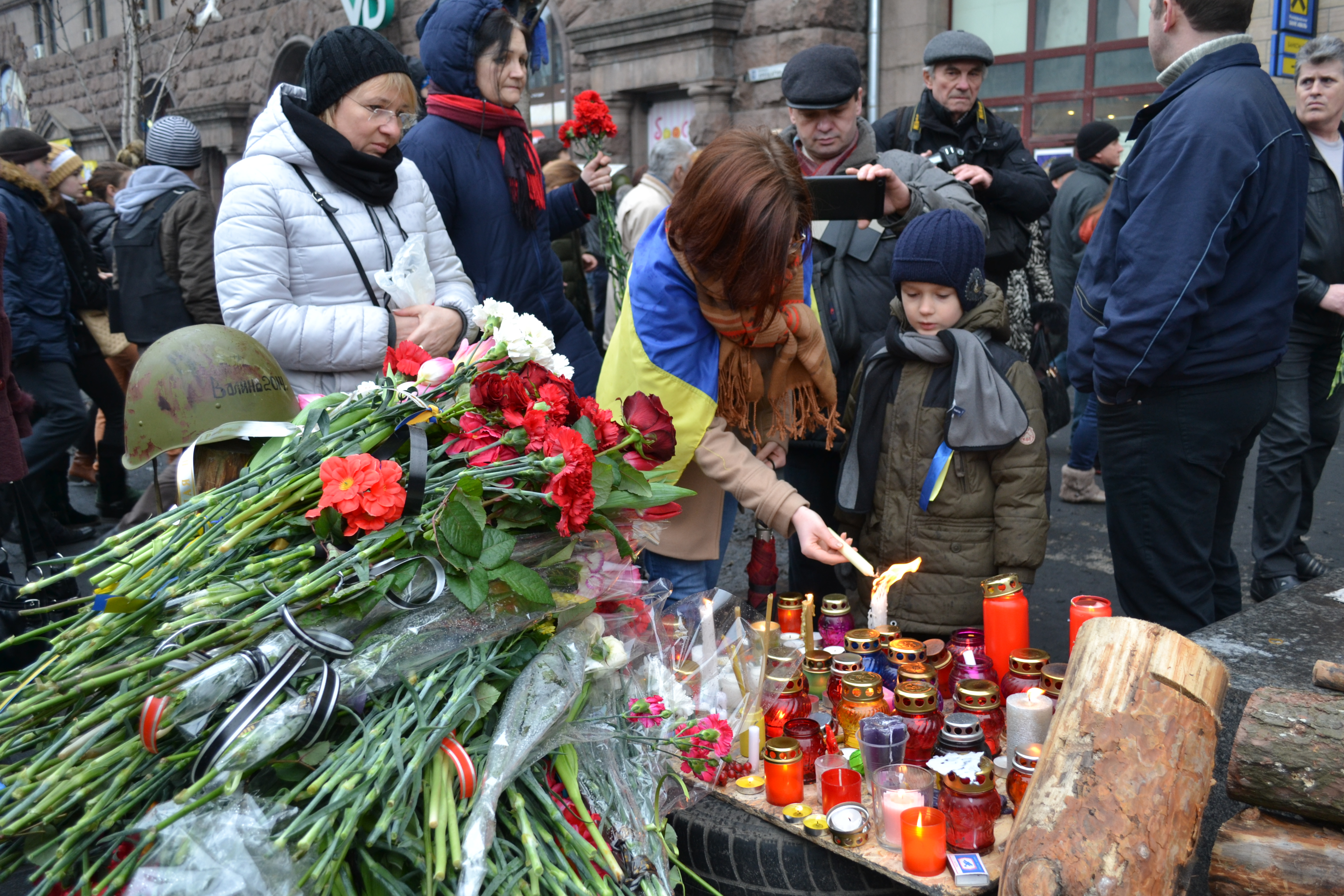
At the time, I grasped the meaning of this phrase, but it didn’t really make sense. Those 100 protesters were dead. Killed by riot police and snipers working to protect the Yanukovych regime, they became known as the “Heavenly Hundred,” grouped into a moniker that glosses over their unique perspectives and motives for participating in the protests. How are these heroes not lost?
We know a little more about some of them. Serhii Nihoyan, from Dnipropetrovsk region, was a 20-year-old with Armenian roots who spoke beautiful Ukrainian and read Taras Shevchenko’s poetry on Maidan. Serhii was featured in books, articles, and films, not just because of his constant presence at the protests but also because he represented a multi-ethnic Ukraine. Explaining why he came to the protests, he said, “It’s also my future. I live in this country.” Serhii was killed by four bullets on January 22.
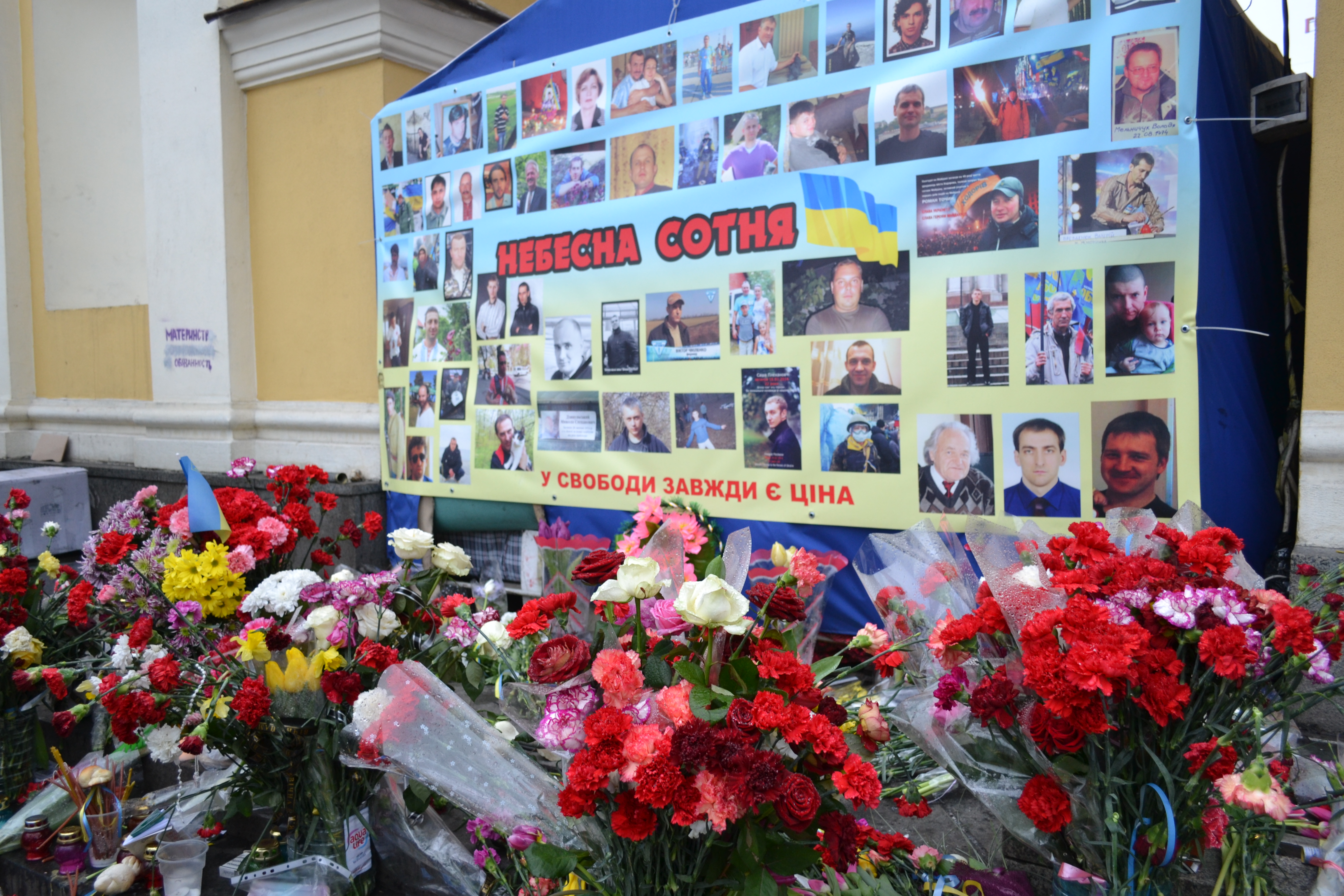
Serhii Kemsky also had a vision of Ukraine’s future. Born in Crimea, he studied political science in the western city of Lviv and came to Kyiv’s protests, where he joined anarchist and trade union activists in the fight against police violence. Serhii believed in direct democracy and that the diverse voices of Maidan could unite to take direct action against government officials.
“None of this will be easy,” he wrote in a December 2013 article, “but radical change in society is never achieved without the efforts of thousands and thousands of people who decided to live differently.” Serhii Kemsky was killed by a sniper on February 20, 2014, at the age of 32.
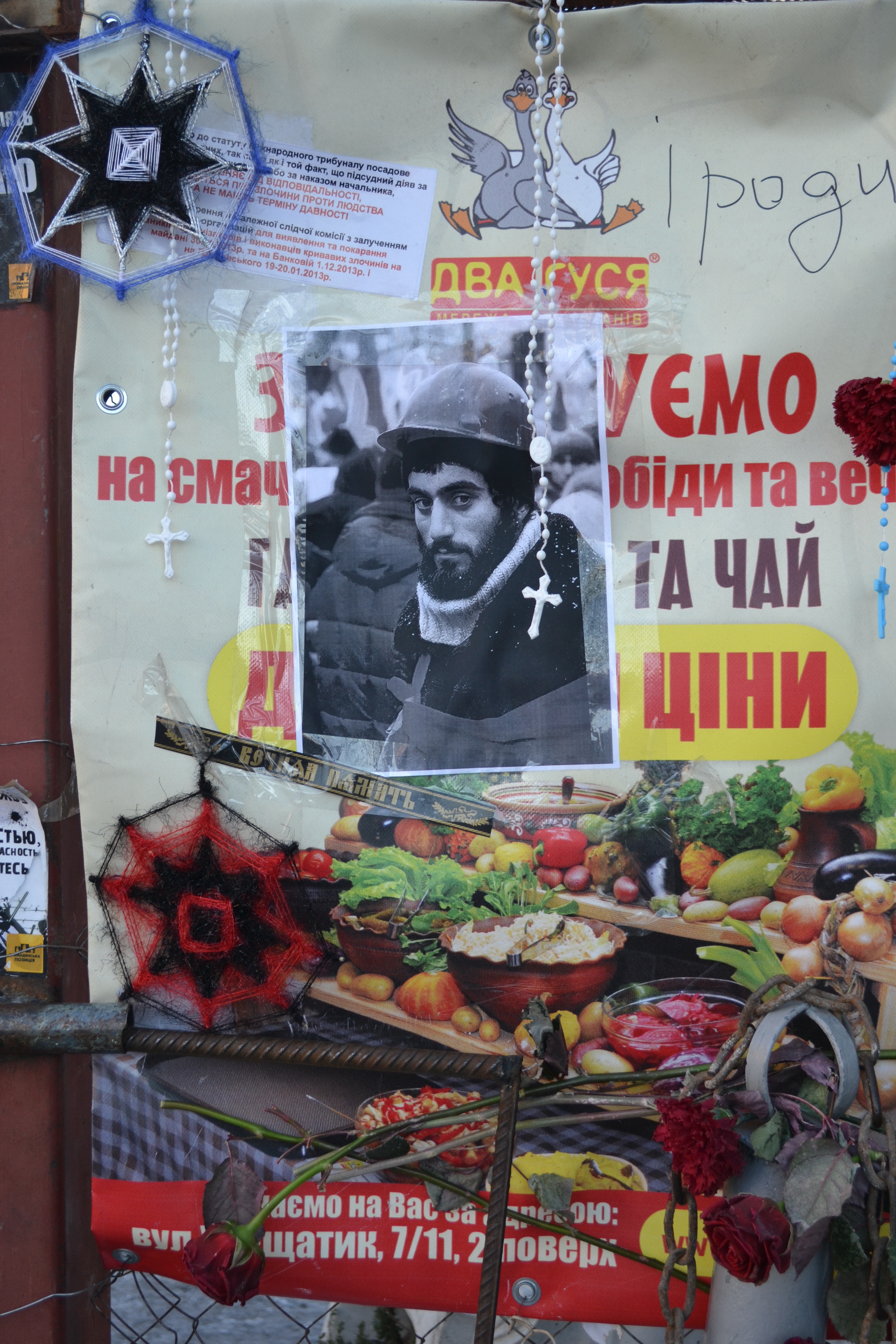
What was the future that these young men, both named Serhii, wanted to see? The Euromaidan protests began because Ukrainians wanted Ukraine’s future to be in Europe. Yanukovych was supposed to sign an Association Agreement with the European Union in November 2013, but at the last minute, he reneged on this promise and turned toward Russian President Vladimir Putin’s Customs Union, an alternative economic agreement for other former Soviet Republics.
Ukrainians, especially in Kyiv, came into the streets to protest the president’s decision. This was not the first time Yanukovych had been the target of mass mobilization. The last time, in 2004, Yanukovych fraudulently claimed to have won the presidential election, and protesters came into the main square—Maidan Nezalezhnosti, or Independence Square—until they were granted new elections in what became called the “Orange Revolution.”
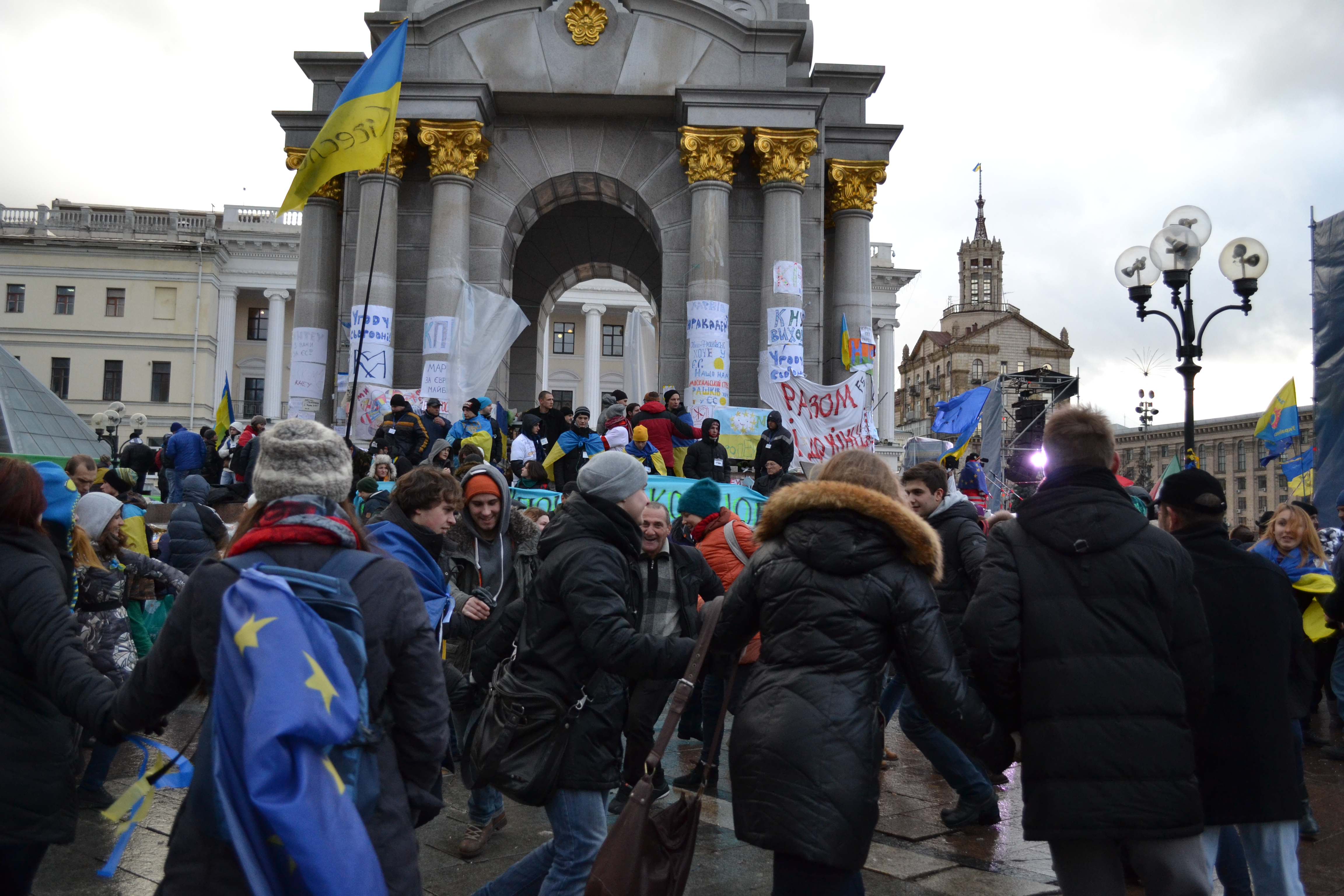
The early days of the protests that began in late November 2013 were rainy but upbeat. However, the mood of the protests changed at the end of the month when students who came to sleep on Maidan were violently beaten and arrested by the riot police. The protests were no longer just about Europe—they were about the future of Ukraine itself. Demands grew to include the removal of Yanukovych and his pro-Russian crony government. It became clear that the protesters on Maidan would not leave until they got what they wanted.
The Euromaidan protests were characterized by self-organization. That meant that ordinary people from all walks of life kept the protests’ momentum going. Although politicians were present, their parties were not the center of attention.
What made Maidan different from previous mass protests in Ukraine was that it was not organized on behalf of a political figure. That made it possible for people with diverse political beliefs—from leftist and socialist activists to far-right groups—to all be present on the square fighting for the same goals.
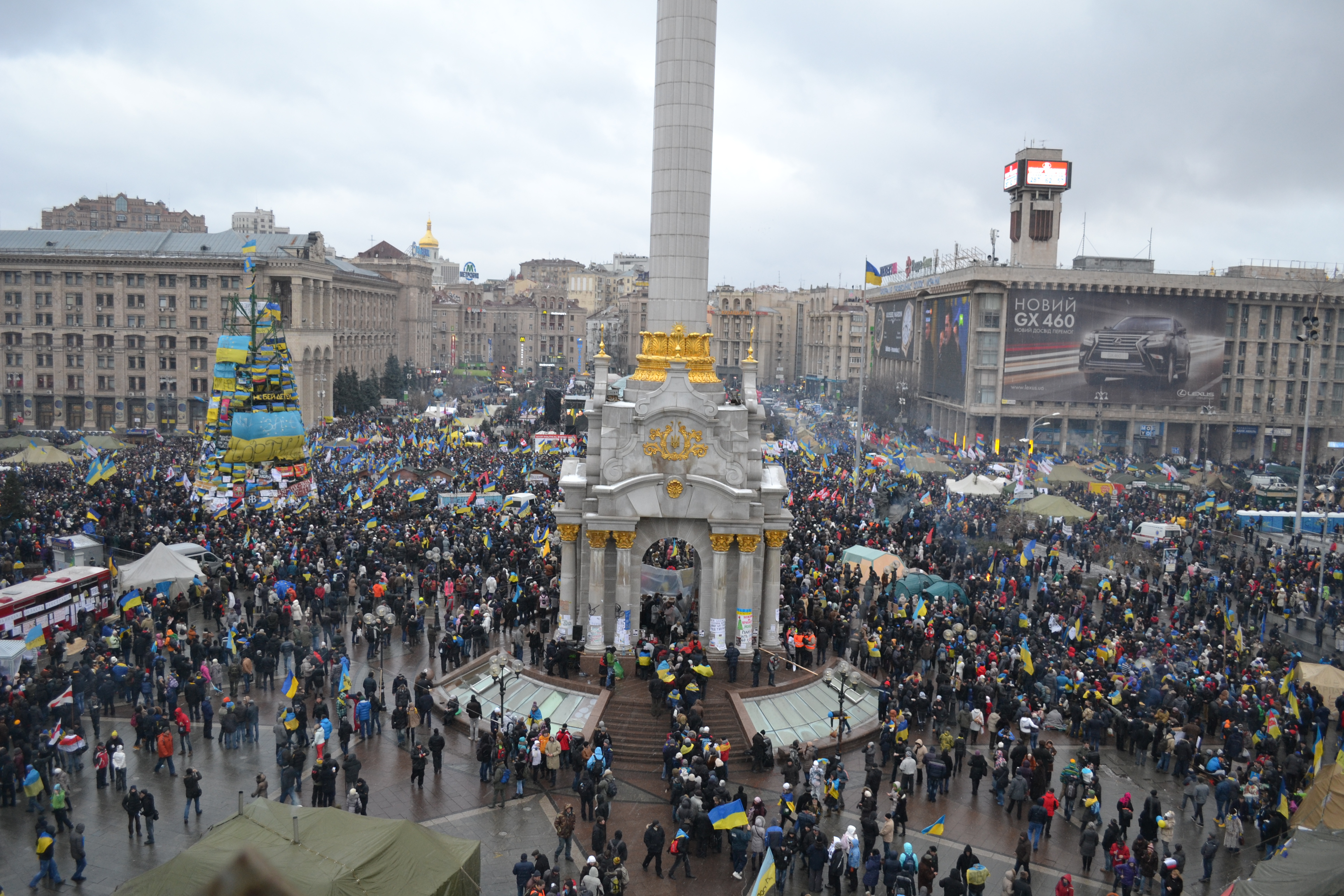
After the police attack on students at the end of November, protesters built a tent camp all around the square that remained until July 2014. Protesters occupied nearby buildings, from the Trade Unions Building and City Hall to the late-socialist masterpiece Ukrainian House. They used these diverse spaces to eat, sleep, get medical care, host film screenings, do media appearances, and organize student meetings.
Because the protests were self-organized, people contributed however they felt most effective. When the protests became more violent, people who did not want to wield weapons or face off with the police created nonviolent initiatives. Some developed legal aid networks to help those who had been arrested. Others established a Hospital Guard that protected wounded protesters from being arrested at hospitals around Kyiv. And just as quickly as these initiatives were organized, they died off when they were no longer necessary.
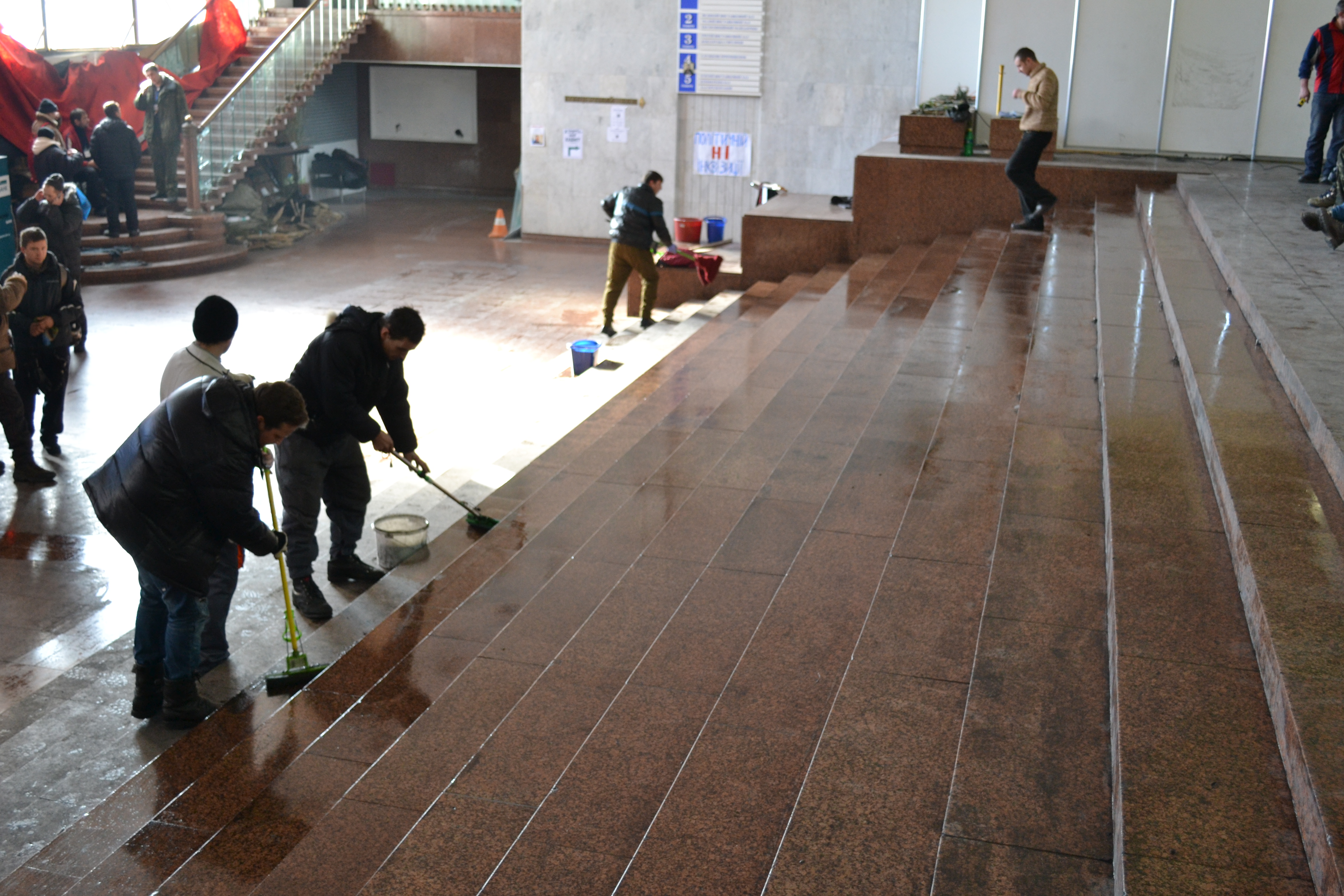
But these initiatives were heroic, and heroes never die. The legacy of these self-organized initiatives was that people understood how to work together to achieve a goal. This foundation reshaped Ukrainian political culture in the years following the protests. Citizens knew they could hold political representatives accountable.
Even if Ukraine was not a perfect democracy before February 24, 2022, it was a dramatically different country than the one that moved Serhii Nihoyan to leave Dnipropetrovsk for Kyiv in 2013. Indeed, thousands of people had decided that they wanted to live differently.
Only now that Ukraine’s very existence is threatened do I truly understand the meaning of “heroes never die.” The ideas that Serhii Nihoyan and Serhii Kemsky fought for are exactly the reasons that Putin wants to wipe Ukraine off the map. The Euromaidan protests established a new vision of Ukraine that was diametrically opposed to the path Russia hoped it would take.
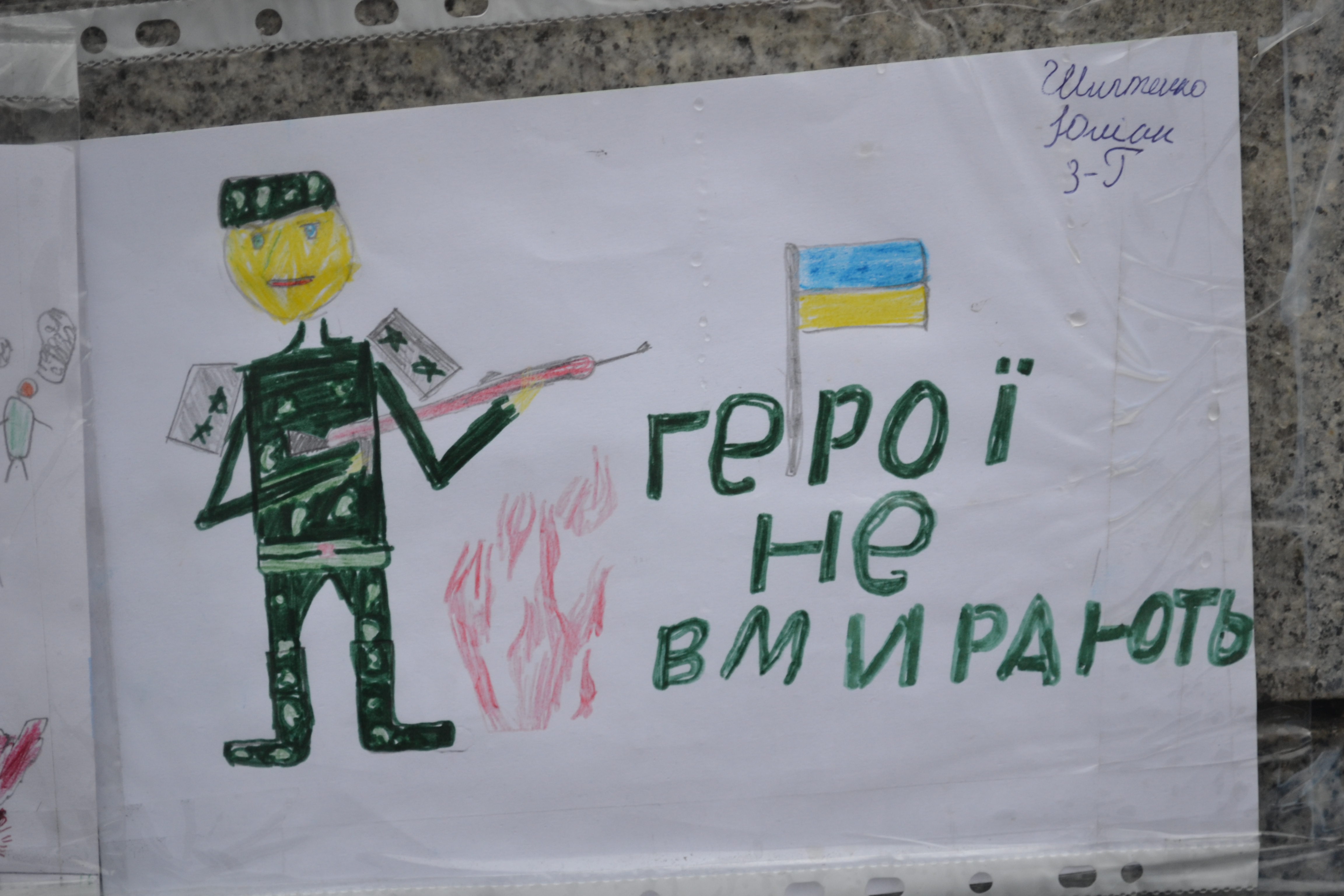
The civic engagement we have seen in response to Russia’s invasion is grounded in the Euromaidan protests. It is also self-organized, and it is successful because Ukrainians have done this before. The dreams, values, and actions of Maidan’s heroes remain a driving force in Ukraine’s perseverance today, and they will empower Ukrainians to rebuild their country after the war. Heroï ne vymyrayut’.
![]()
All images are courtesy of the author.
